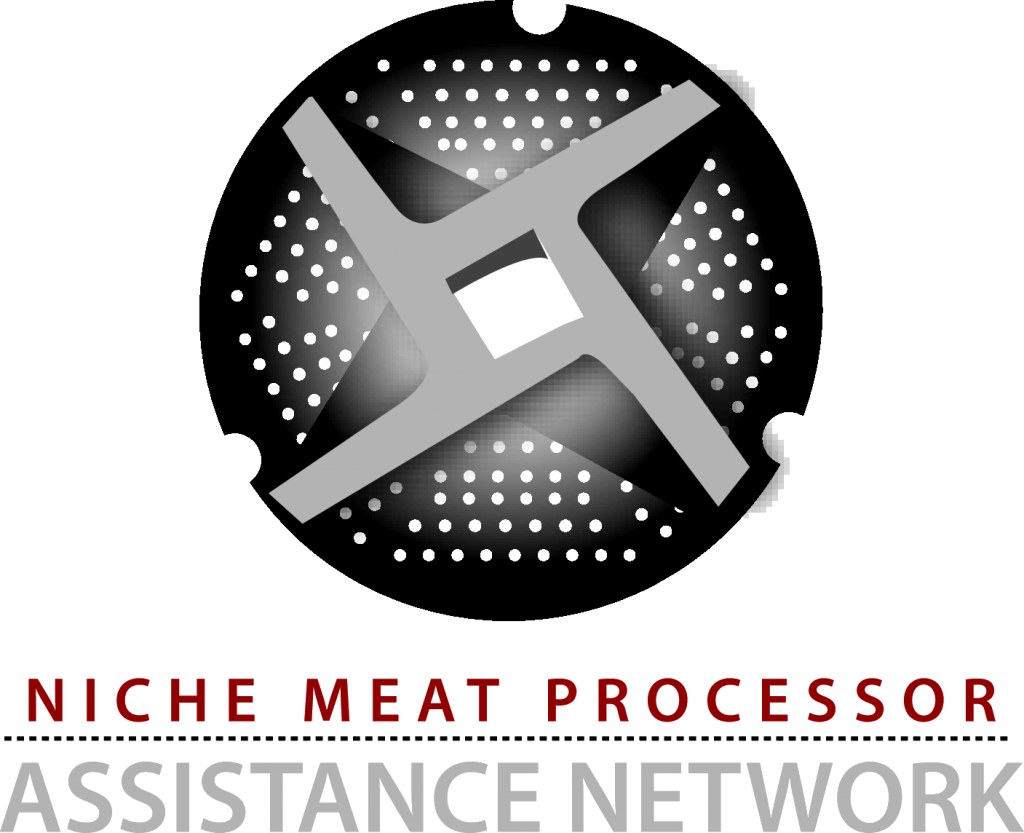Southern Puget Sound, 2008
Study title: “Local Meat for Local Meals: An Assessment of Demand for a Mobile Slaughtering Unit in Pierce, King, Kitsap and Thurston Counties, for the Puget Sound Meat Producers Cooperative.”
Date of study: 2008
Author: Georgine Yorgey, University of Washington (lead author); For study summary: Todd Murray, Washington State University Extension, King County; Cheryl Ouellette, Puget Sound Meat Producers Cooperative
Geographic area covered: The six-county region of southern Puget Sound: King, Kitsap, Lewis, Mason, Pierve and Thurston Counties.
Funding for the study: NA (study was Yorgey’s master’s thesis)
Link to full study: Local Meat for Local Meals
Link to study summary: Study Summary (5pp)
NOTE: This study provided critical support and justification for building a mobile slaughter unit for this region; the MSU began operating in 2009.
Objective
The study, designed to support the work of the Puget Sound Meat Producers Cooperative, had two main goals:
1. Measure demand for USDA-inspected slaughtering of beef, pork, sheep/lamb, and goat in the six-county region, both current and projected over the next 5 years;
2. Gather information about producers’ current livestock slaughtering practices and marketing methods and learn how slaughtering services should be offered.
Problem
Livestock producers in the southern Puget Sound region cite a lack of USDA-inspected slaughter facilities for large animals as a key barrier to viable livestock farming. Without such facilities, producers can only market animals live, “on the hoof,” to the relatively small group of consumers willing to purchase a quarter animal or more. USDA inspection would allow producers to sell meat through farmers’ markets, groceries, and restaurants to the many consumers who want local products and are willing to pay premium prices. This should help small farms remain a viable part of the South Puget Sound landscape.
Study method and scope
The core of this study was a survey, mailed to 1901 producers in King, Pierce, Thurston, and Kitsap Counties who owned one or more broiler or fryer (but excluding pullets or layers), turkey, goat, sheep, hog, or cattle (including cow/calf operations, dairy, or cattle operations; 395 replies were received for a response rate of 20.7%.
What kind of livestock?
This study focused on beef, pork, sheep/lambs and goats.
Annual slaughter totals
65% of respondents slaughtered animals in 2007: 500 beef, 646 hogs, 614 sheep, and 824 goats.
Current marketing practices
Producers sold animals through a variety of marketing outlets in 2007, and many used more than one outlet. A majority (56.3%) direct-marketed under the WSDA Custom Exempt program, where animals are technically sold live, “on the hoof”; nearly 50% sold live animals through auctions. Very few producers marketed through channels that required USDA-inspected slaughter: only 5.8% direct marketed with USDA inspection (including farmers’ markets, farm stands, food buying clubs, CSAs, restaurants, and groceries), and 2.8% sold meat wholesale.
Available processing options and challenges:
- Existing USDA slaughter facilities all have significant limitations: they are more than 300 miles away, round trip; or are not currently serving new producers; or (one case) are for sale.
- Mobile slaughter: PSMPC was already considering a mobile slaughter unit. This study’s survey data about estimated demand for USDA-inspected slaughter was combined with cost and revenue estimates to calculate the volume needed for an MSU to break even and determine if an MSU would ultimately be financially sustainable. The analysis, when done by PSMPC, showed that the MSU could break even.
Survey Results
The study supports the Puget Sound Meat Producers Cooperative’s belief that providing USDA-inspected slaughtering services to local producers will fill the “missing link” between livestock producers and consumers. Specific findings include:
- Producers have the skills and resources they need to successfully produce animals
Many producers in the six-county region are successfully producing livestock, much of it differentiated as “local,” “grass-fed,” “natural,” and “antibiotic- and hormone-free.” Few producers request help with producing animals or acquiring inputs: they feel they have the knowledge, skills, and resources to successfully produce animals for market. However, only a handful of producers are currently selling their products through USDA channels, because it is so difficult to obtain USDA-inspected slaughter.
- ~80% of producers who responded to the survey would use USDA-inspected cut and wrap services if available, and nearly half would use an MSU if it were USDA-inspected.
- Producers know how to access new markets that would be open to them with USDA inspection but would like some assistance
Most producers are already differentiating their products with at least one quality claim. However, about half said they would use marketing assistance geared towards selling at farmers’ markets, CSAs, farm stands, and restaurants. These services, though not critical to the successful functioning of an MSU, may help farm businesses using the MSU to become more profitable over the long run, which may contribute to the MSU’s success.
- There is existing customer demand for USDA-inspected, locally-raised meat
Secondary data validates this assumption. Consumers in Western Washington consider price when they shop but are willing to pay more for local products if they perceive a quality or value difference. Many consumers are eager to buy products that are grass-fed, local, humane, or antibiotic- and hormone-free, and they are willing to pay a premium. Managers and buyers at farmers’ markets, restaurants, and cooperatives all say that they have difficulty finding reliable sources of locally produced, USDA-inspected meat.
- Local processors are willing and able to provide USDA-inspected cut and wrap services
As an MSU can only provide slaughter services, local providers of inspected cut and wrap services are essential.
Is it feasible?
The study does not specifically recommend whether PSMPC should move forward with building a MSU. However, PSMPC’s analysis, using survey results, did find the MSU plan to be feasible.


